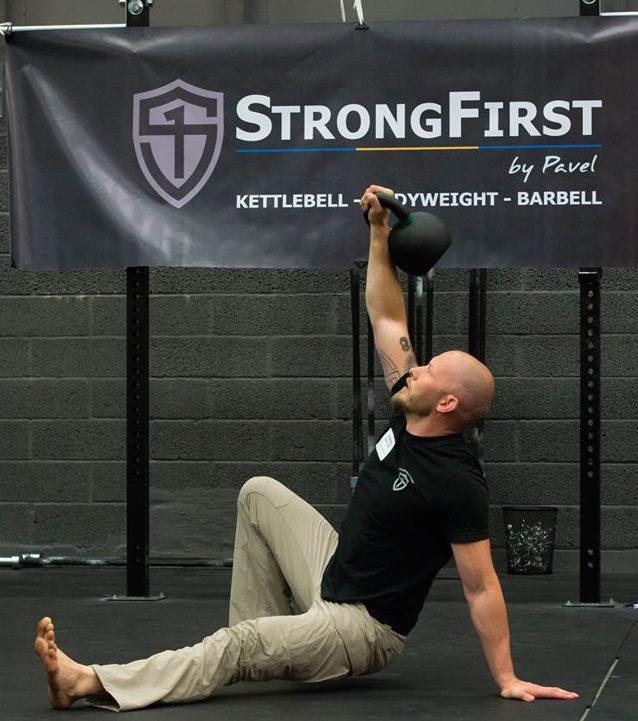Most people are capable of safely developing a tgu much higher than their press.
I agree with that. TGU is one of the single-handed kettlebell exercises which enables you to have the heaviest weight over your head while standing, along with kettlebell bent press and C&J.
Another thought, not fully related to previous - TGU maybe not the best exercise to attempt one-max, but it needs to be done from time to time (carefully planned as a program), like in any other max strength exercise, if you want your numbers improved in your daily working range, so your usual 60-70% of 1RM for 10 reps in the sets of S&S will grow, while done safely and with confidence, to remain injury-free and enjoy all the advantages of the TGU. Because, really, the thing is not constantly hit TGU maxes, like some known monsters, but to be able to kick into Zen doing 100 x 48 kg comfortably, like one of our friends here did.
Truth, the more I do TGU, the more I understand Gray Cook about having it as an exercise of choice. It is amazing, and slowly, but surely becoming my one of the two exercises of choice. My choice is also affected by personal aspect - I'm very impatient person, and this was my conscious pick-up of the tool to teach me patience and control.
So, reward is surely bigger than the risk, in my humble opinion.

